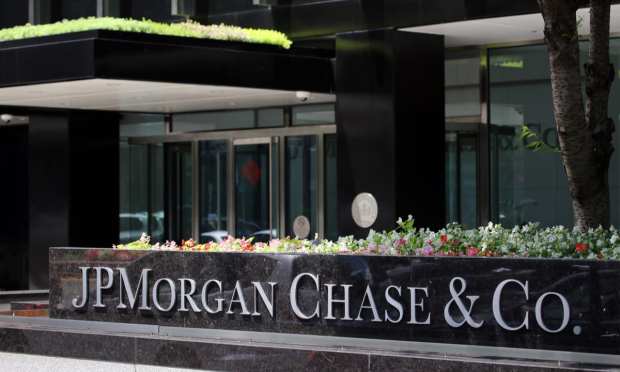JPMorgan: Consumer Spend, Debit Usage Hint At Return To Pre-Pandemic Recovery

JPMorgan Chase posted results that showed that consumer spending is a continued tailwind as economies recover from the pandemic — and the shift to mobile banking is firmly entrenched.
The anticipated loan losses that led to reserve buildups earlier in the year did not materialize, and the bank was able to release some of those reserves into earnings, which helped that metric soar past expectations.
Overall debit spending, according to commentary from management on a conference call with analysts, logged a return to pre-pandemic levels in the first quarter of the year. But management said on the call that it may be some time before consumers start to show signs of re-leveraging and begin to boost balances on their cards (a sign that credit spending may continue to be relatively muted).
CFO Jennifer Piepszak said delinquencies should remain low as economic data continue to be positive, and the employment picture brightens — though there still remains reason to be cautious in outlook as new variants of the coronavirus continue to gain ground.
Drilling down into the results, the company reported that credit card sales volume (excluding commercial cards), as disclosed in supplementals, was $183.7 billion, up 3 percent from the March quarter. Total credit card and debit card sales volume, the company said, were up 9 percent to a bit more than $290 billion. Management stated that consumer activity has been consistent with momentum seen over the last few months. Deleveraging is reflected by data on the balance sheet, where card loans in the first quarter of the year were $132.5 billion, down 14 percent year over year, and down eight percent from the fourth quarter of 2020. Total loans in the consumer segment were down seven percent year over year to $433 billion.
In terms of headline numbers, the company reported earnings of $4.50 a share, where there was a $1.28 a share benefit from a $5.2 billion reserve release; the reported earnings beat the $3.10 a share that had been expected by analysts. Revenue of $33.1 billion was better than the $30.5 billion the Street had expected, boosted by Wall Street and investment banking volumes that management signaled on the call should normalize in the months ahead.
Total loans were up 1 percent year on year, while average deposits gained 36 percent over the same time frame, in part due to stimulus payments.
The company said that the number of active mobile customers came in at 41.9 million in the quarter, up 9 percent; the total number of active digital customers stood at 56.7 million, gaining 5 percent year over year. CFO Piepszak stated that transactions at branches were down by double-digit percentage points year over year.
And in reference to tech-driven initiatives, in response to an analyst question about the FinTech landscape, and deal making, CEO Jamie Dimon stated that the “door is open to anything that makes sense. We’ve already done InstaMed,” he said, and deal making could take place in areas as far-flung as payments, data or buy now, pay later (BNPL). There are 150 artificial intelligence (AI)-related projects in place now, he said, and in a few years there could be as many as 1,000.
“We’re adding capabilities” across a broad spectrum, he said, “and you are going to see a lot more.”
